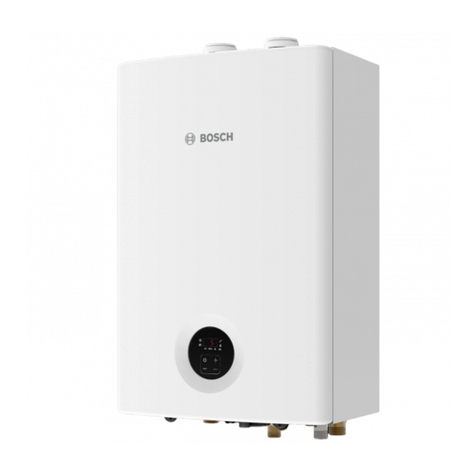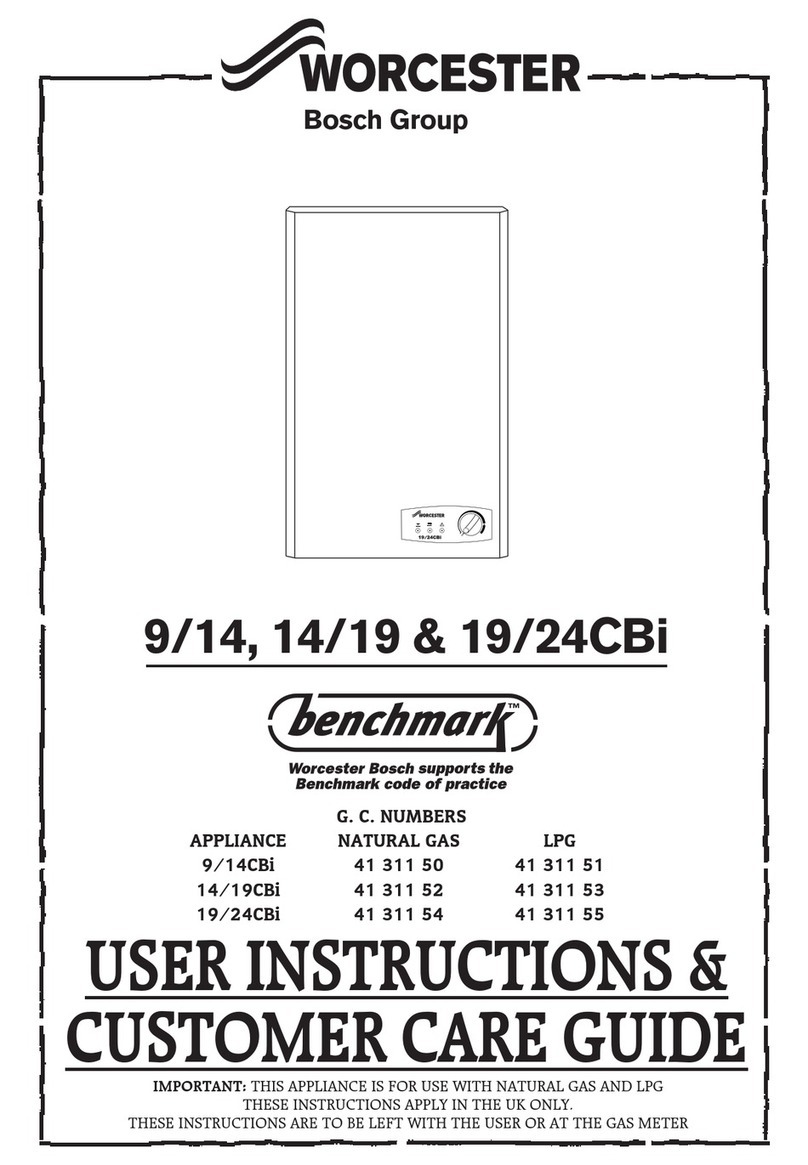Bosch Worcester 240 Combi OF User guide
Other Bosch Boiler manuals
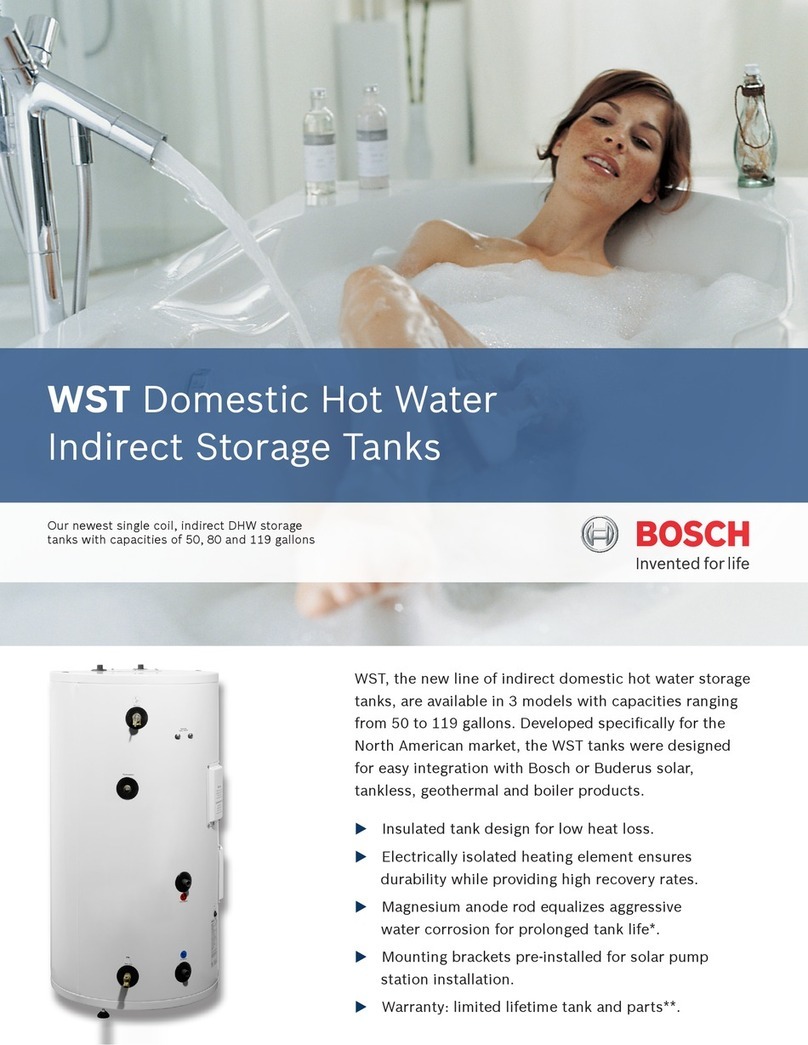
Bosch
Bosch WST50 EL User manual
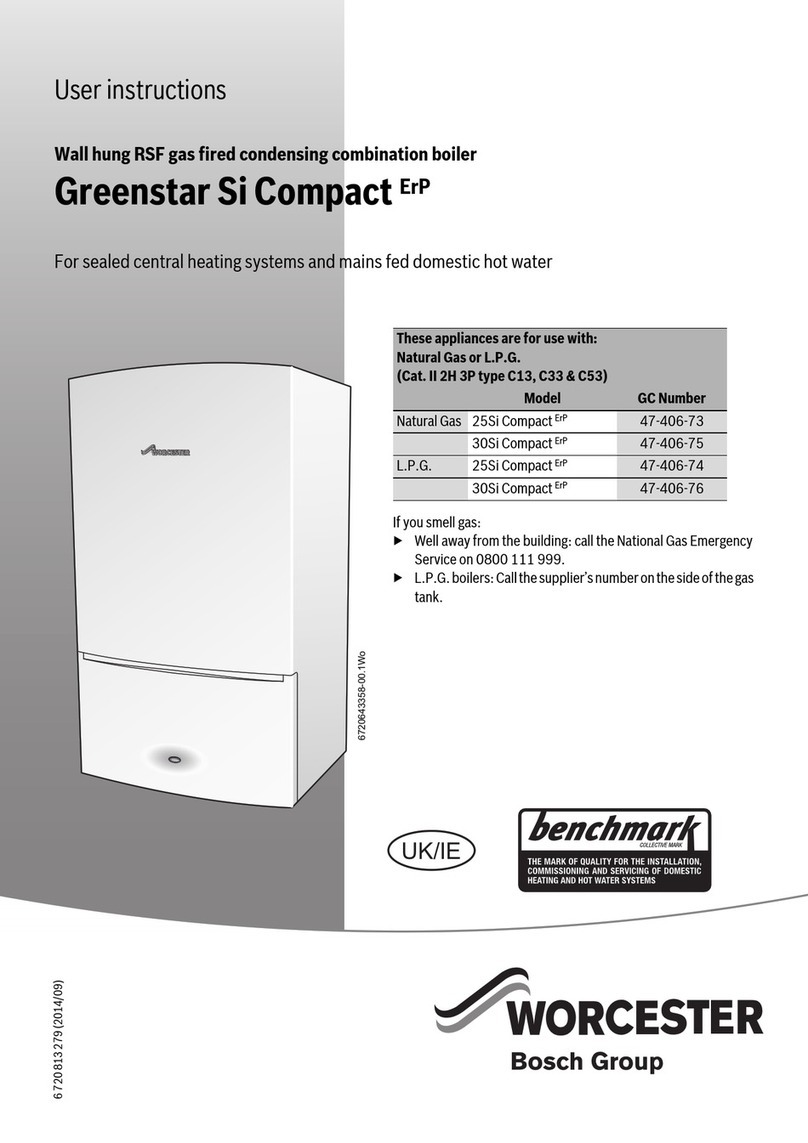
Bosch
Bosch Worcester Greenstar Si Compact ErP User manual
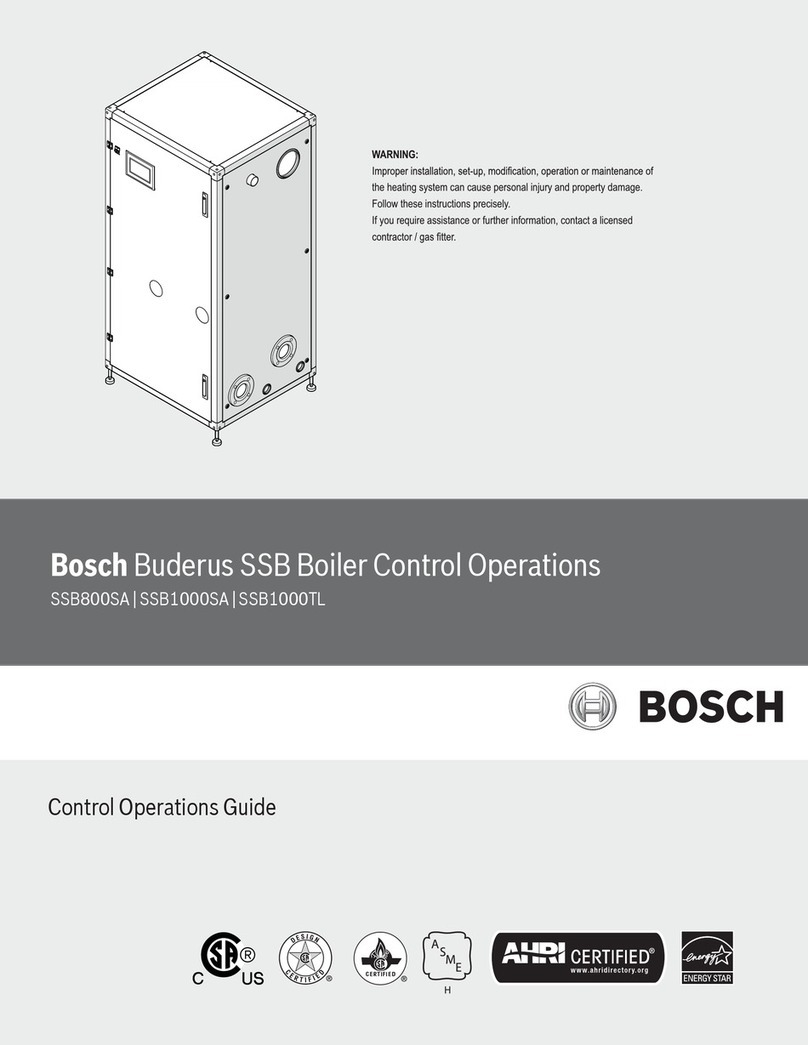
Bosch
Bosch Buderus SSB Use and maintenance manual
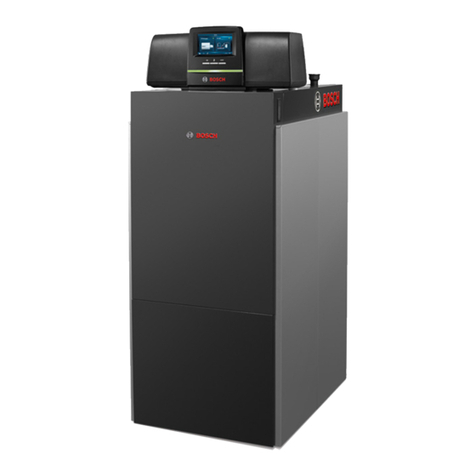
Bosch
Bosch Condens 7000 F Instruction Manual
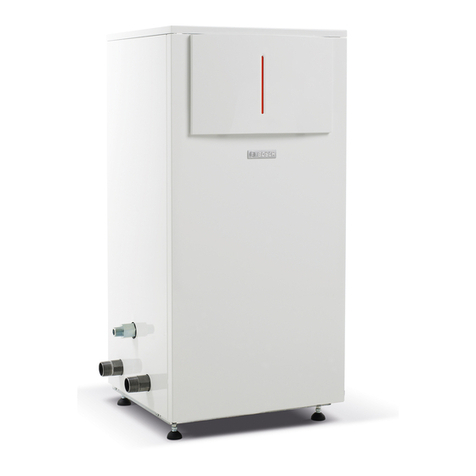
Bosch
Bosch Greenstar FS User manual
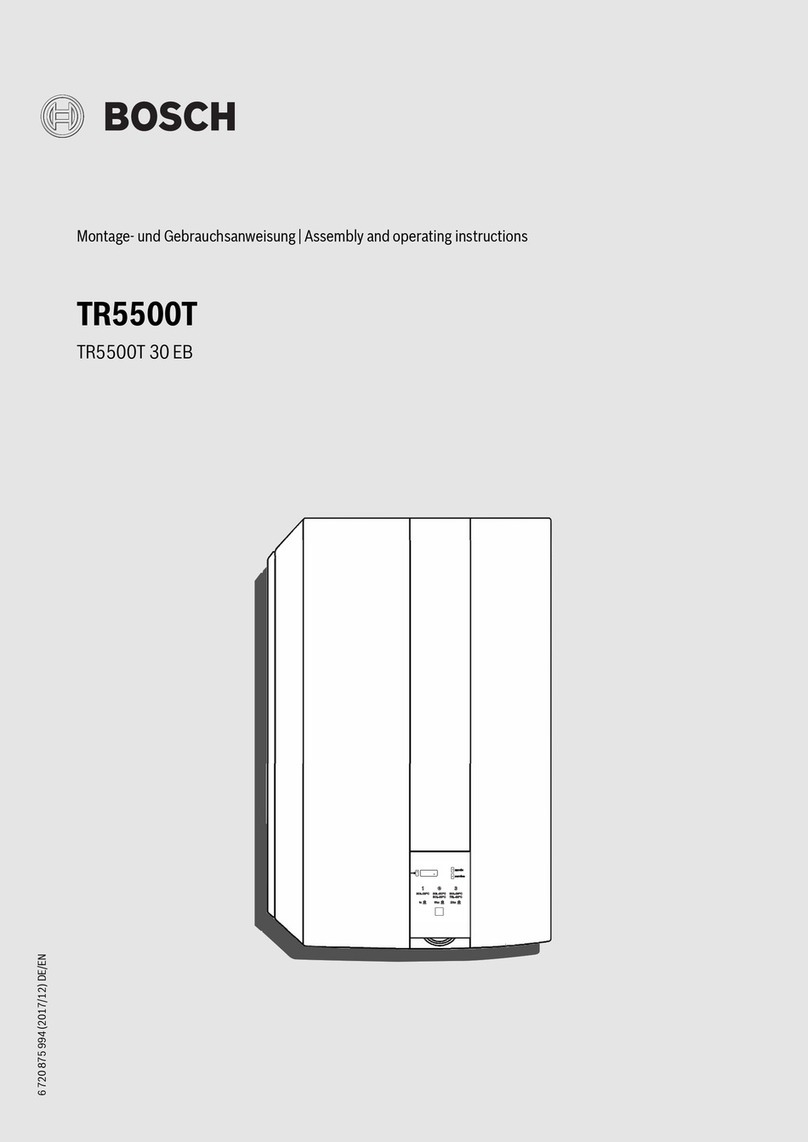
Bosch
Bosch TR5500T 30 EB User manual
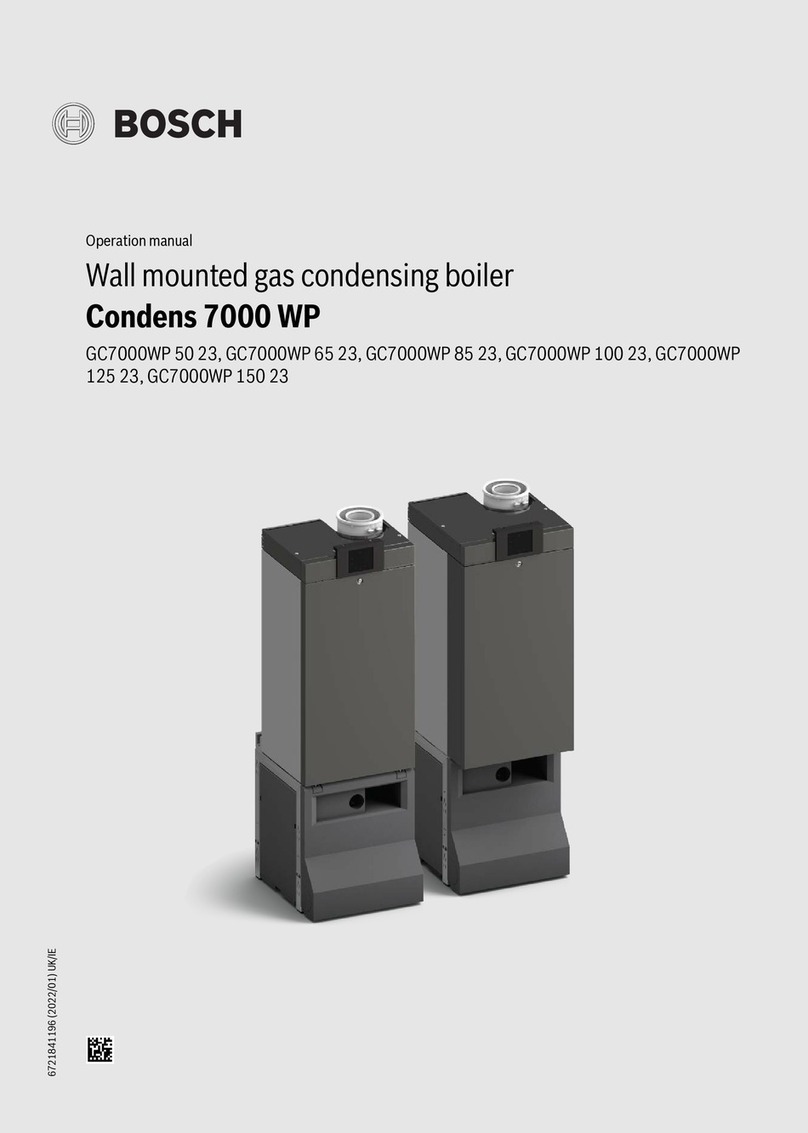
Bosch
Bosch GC7000WP 150 23 User manual

Bosch
Bosch ZSB 30-2 A User guide
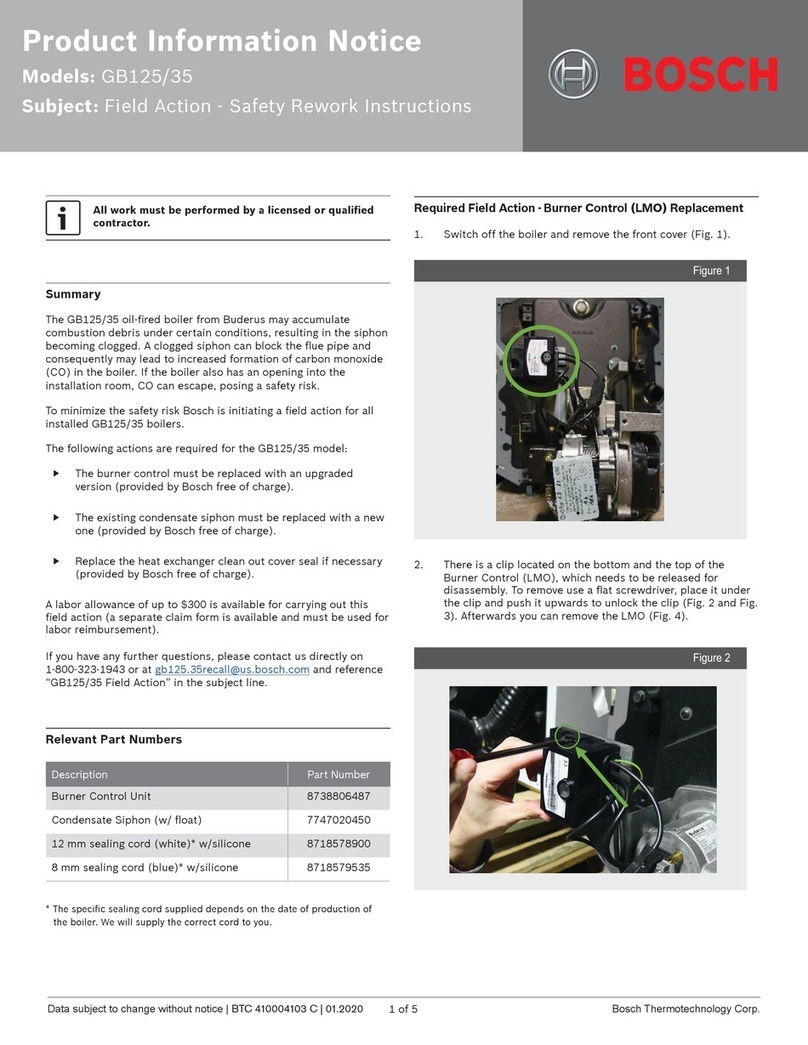
Bosch
Bosch GB125 User manual

Bosch
Bosch CONDENS 5000W User manual
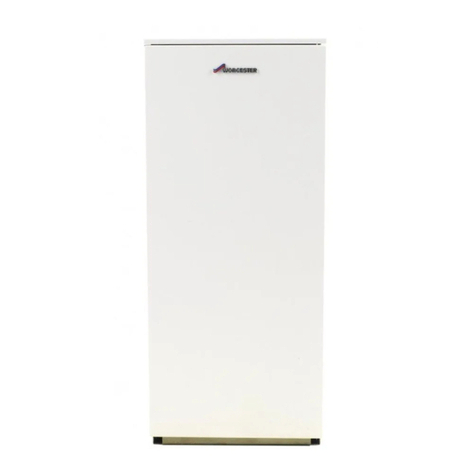
Bosch
Bosch Worcester Danesmoor Utility Regular ErP+... User guide

Bosch
Bosch SSB1000 SA User manual
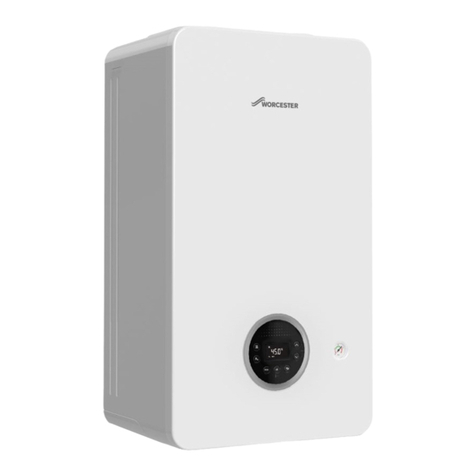
Bosch
Bosch Worcester 2000 Series User manual
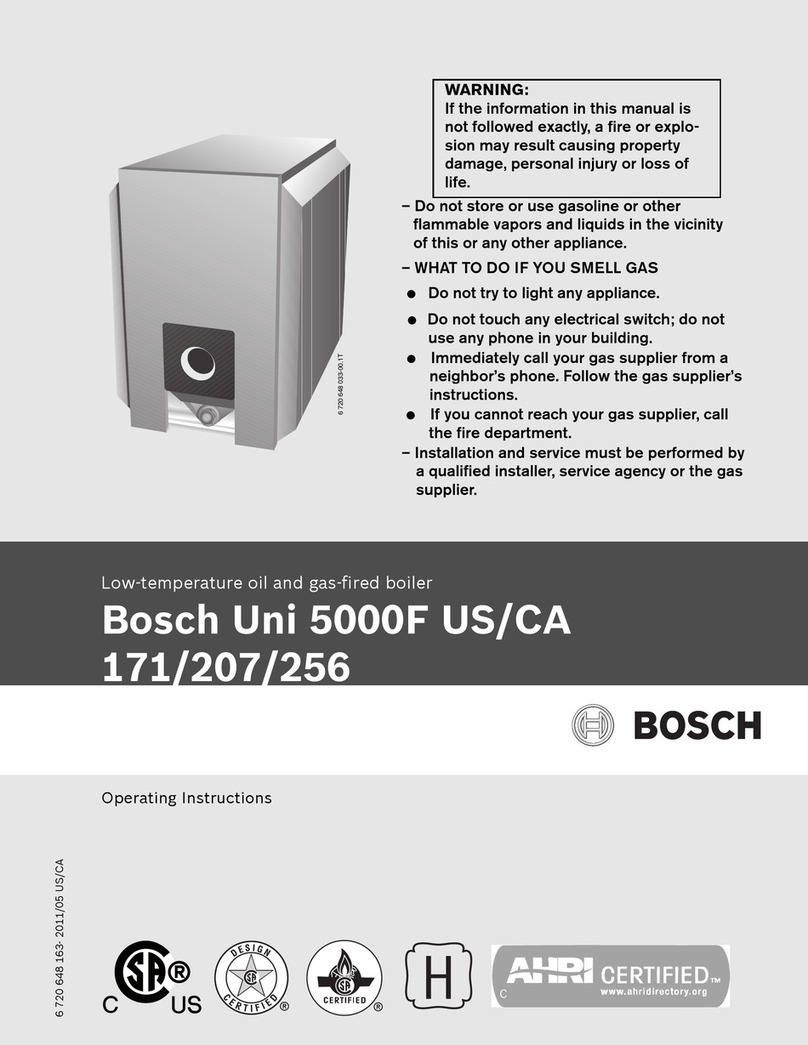
Bosch
Bosch Uni 5000F US 207 User manual

Bosch
Bosch Tronic 4000 T 50 EBP User manual
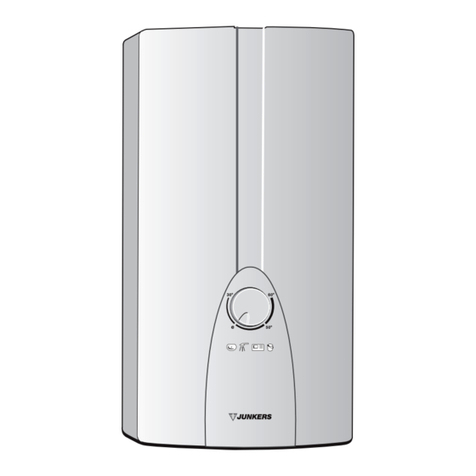
Bosch
Bosch Jungers ELAFLUX ED 18-1 HE User manual

Bosch
Bosch Greenstar combi 100 p Operating instructions

Bosch
Bosch SSB85 User manual
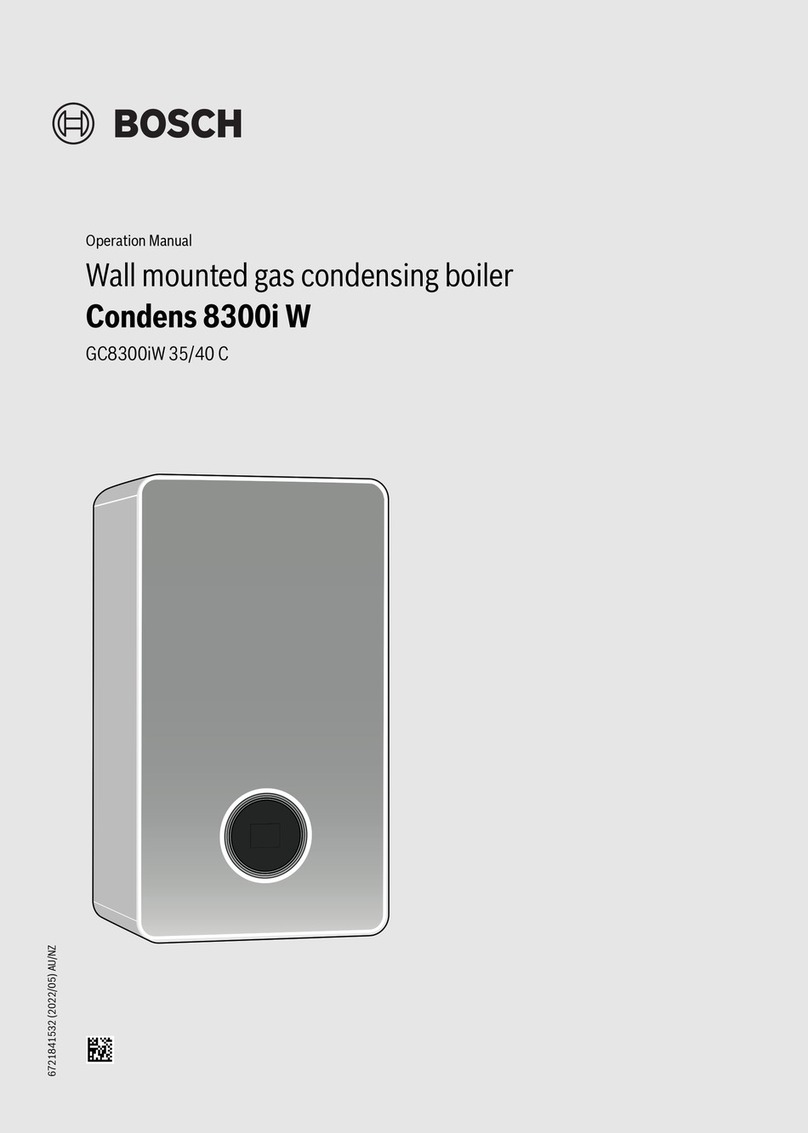
Bosch
Bosch Condens 8300i W User manual

Bosch
Bosch Worcester Greenstar Ri ErP + Series User manual
Popular Boiler manuals by other brands

IDEAL
IDEAL IMAX XTRA EL 320 user guide

UTICA BOILERS
UTICA BOILERS BC3D Installation, operation & maintenance manual

Lochinvar
Lochinvar SOLUTION 260000 Installation & service manual

Weil-McLain
Weil-McLain EG 6 Series manual

RBI
RBI LCD Series Installation & operation manual

Baxi
Baxi MainEco Combi 28 Installation and service manual

Unical
Unical ALKON R 24 Installation and Servicing Manual

Automatic Heating
Automatic Heating Gasogen Installation and Servicing Manual

Viessmann
Viessmann VITORADIAL 300-T Type VR3 Service instructions for contractors

Alpha
Alpha GasSaver GS-1 Installation and servicing instructions

Baxi
Baxi ROCA LAURA PLUS 28/28 Operating, cleaning and maintenance instructions for the user

Vaillant
Vaillant uniSTOR VIH SW GB 500 BES operating instructions

Kärcher
Kärcher HWE 4000 Gas manual

Radijator
Radijator BIO max 23.1 instruction manual

Granby
Granby BKC Installation, operation and maintenance manual

Brunner
Brunner BSV 20 Instructions for use

Potterton
Potterton 50e Installation and Servicing Manual

UTICA BOILERS
UTICA BOILERS TriFire Assembly instructions
